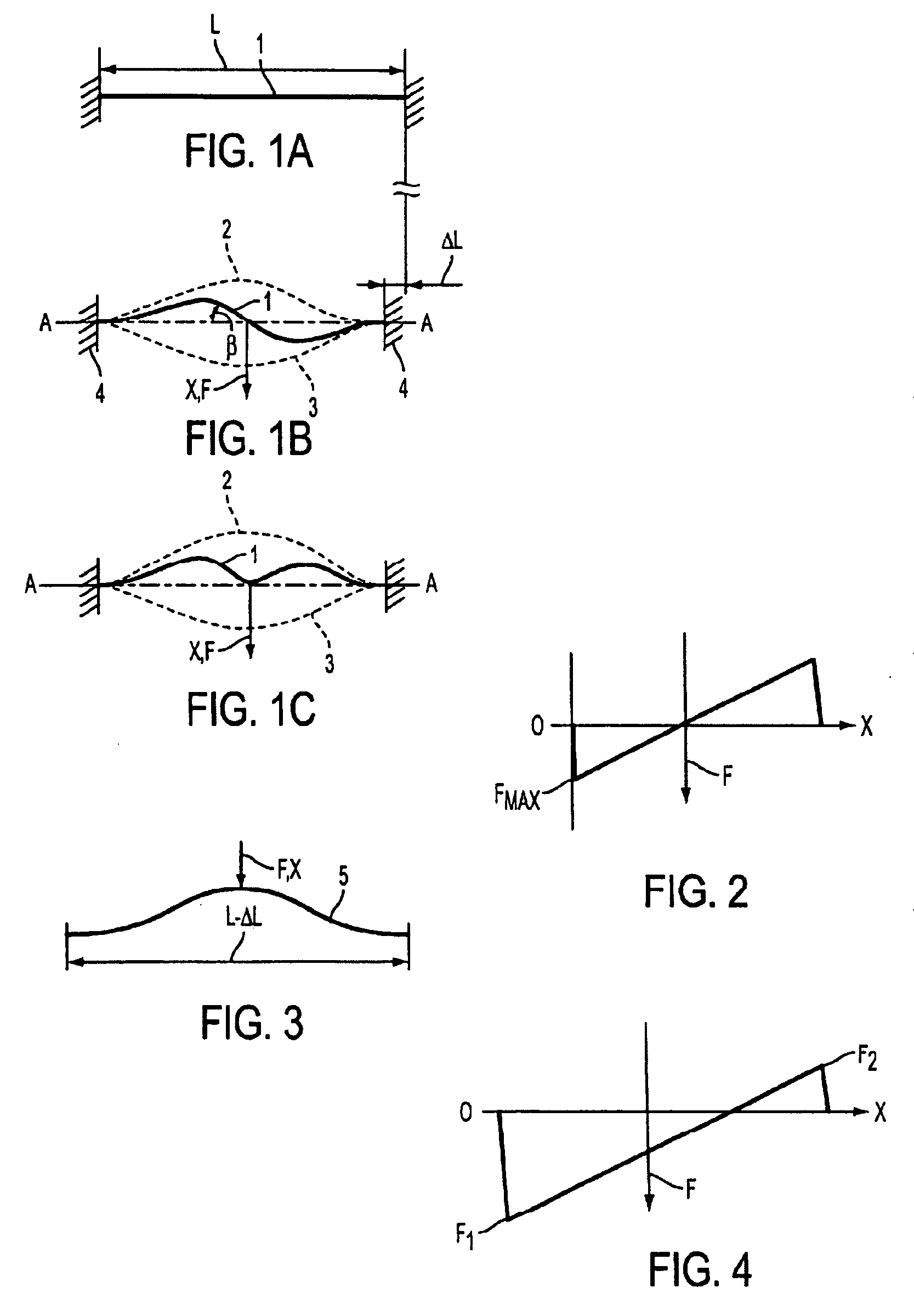Device comprising biodegradable bistable or multistable cells and methods of use
a multi-stable, biodegradable technology, applied in the direction of prosthesis, manufacturing tools, blood vessels, etc., can solve the problems of recoil, foreshortening, recoil, etc., and achieve the effect of reducing the size of the sten
- Summary
- Abstract
- Description
- Claims
- Application Information
AI Technical Summary
Benefits of technology
Problems solved by technology
Method used
Image
Examples
Embodiment Construction
[0044] The expandable support device of the present invention comprises a plurality of unit cells formed of a biodegradable material and which are stable only in two or more discrete configurations. Although the present invention is illustratively described for use as a stent for medical applications, it should be understood that a device constructed in accordance with the principles of the present invention may be advantageously used in other medical and non-medical applications.
[0045] Each unit cell comprises at least two distinct, mechanically connected sections having different mechanical behaviors. One section acts as a relatively rigid support for the more flexible counteracting section. The more flexible section is responsible for most, if not all, of the expansion of the device. In accordance with one aspect of the present invention, the unit cells of the device are molded, cast, deposited using stereolithography, or machined from a biodegradable material. Preferred materia...
PUM
| Property | Measurement | Unit |
|---|---|---|
| Diameter | aaaaa | aaaaa |
| Flexibility | aaaaa | aaaaa |
| Wave | aaaaa | aaaaa |
Abstract
Description
Claims
Application Information
 Login to View More
Login to View More - R&D
- Intellectual Property
- Life Sciences
- Materials
- Tech Scout
- Unparalleled Data Quality
- Higher Quality Content
- 60% Fewer Hallucinations
Browse by: Latest US Patents, China's latest patents, Technical Efficacy Thesaurus, Application Domain, Technology Topic, Popular Technical Reports.
© 2025 PatSnap. All rights reserved.Legal|Privacy policy|Modern Slavery Act Transparency Statement|Sitemap|About US| Contact US: help@patsnap.com



